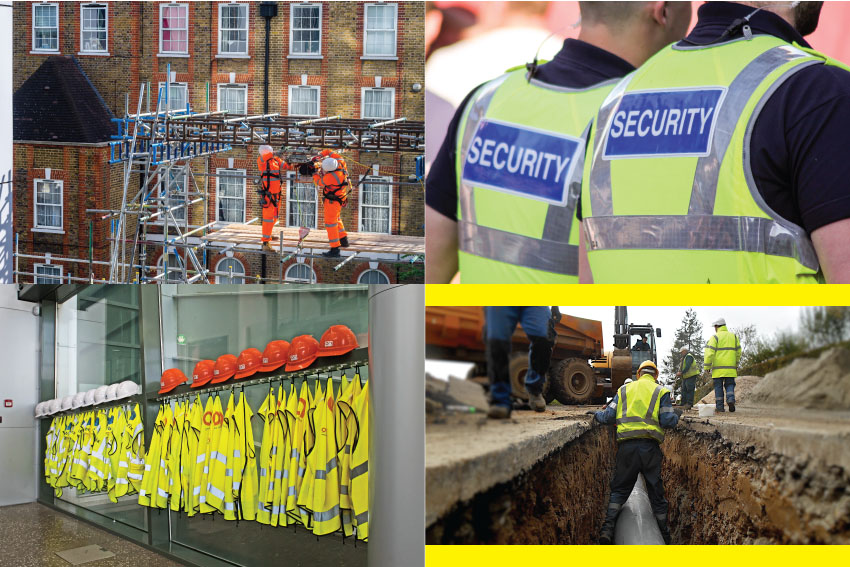
You might think that a safety vest is just a safety vest, and that it doesn’t matter which one you wear. However, that’s not the case - there are actually three different types of safety vests. Each of the three classes of safety vests looks different and is required to be worn in different circumstances.
In this blog post, we’ll dive into the different classes of safety vests, what they mean, and when they should be worn.
What are Safety Vests for?
Safety vests can, and should, be worn for several reasons. The most common time for a safety vest to be worn is by roadside workers, or by people working on sites with large machinery, motors, and/or moving gears.
Safety vests are to be worn for exactly that – improving your safety. The bright yellow or orange block colour, along with reflective strips, make you much easier to spot and therefore keep you much safer when working in more dangerous situations, like roadsides or building sites.
OSHA Safety Vest Classifications
There are three types of safety vests under OSHA regulations, with each having different amounts of visibility. These are as follows:
Class 1 Safety Vest
A class 1 safety vest has the lowest required amount of high-vis material, and should only be used in the lowest-risk areas. These vests are best used away from busy roads and vehicles travelling at a fast speed. Ideally, these vests would only be worn on roadways where the traffic is travelling at 25mph or less.
Class 1 safety vests are sleeveless vests with a high-vis yellow or orange background and at least 155 square inches of reflective strips.
Class 2 Safety Vest
A class 2 safety vest is the next level up from class 1. These should typically be used when near traffic flow that is between 25-50mph, as they are more noticeable from a further distance.
Class 2 vests are also sleeveless, but must have at least 201 square inches of reflective material, and 775 square inches of yellow or orange background material.
Class 3 Safety Vest
A class 3 safety vest has the most reflective material and should be worn on worksites around traffic travelling 50mph or more. Class 3 vests should be worn in the most hazardous environments. You may also occasionally see a red safety vest. The red safety vest meaning is usually that the person wearing it is a firefighter or other emergency responder.
Unlike class 1 and 2 vests, class 3 vests will usually have sleeves. This is because they need to have at least 1,240 square inches of yellow or orange safety backgrounds, and at least 310 square inches of reflective strips.
What are the Types of Safety Vest?
As well as there being three classes of safety vest, there are three ‘types’ of safety vest, which are defined by where the vest should be worn.
- Type O: This applies to vests worn on non-roadside operations. Only class 1 vests fall under this category.
- Type R: This applies to vests worn during roadway occupation. Class 2 and class 3 vests both come under this category.
- Type P: This applies to vests worn by first responders and law enforcement. Class 2 and class 3 vests both come under this category.
Stay Safe with Label Source
Combine your safety vests with the right safety signs from Label Source to make your work site as safe as possible for all workers, visitors, and civilians.
Start browsing our range for optimal site safety, or get in touch with a member of our friendly team to find out more today.